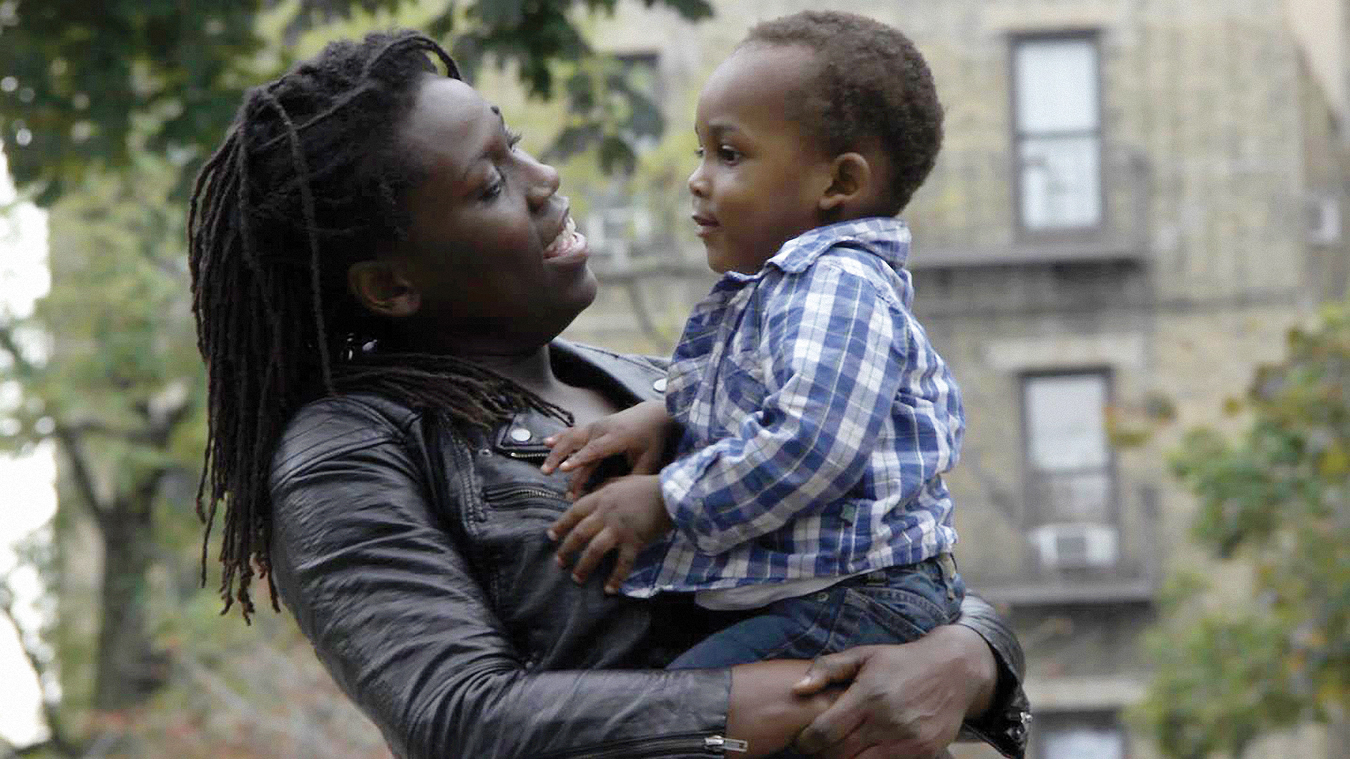Applications
Question 7.1
One cultural factor influencing infant development is how infants are carried from place to place. Ask four mothers whose infants were born in each of the past four decades how they transported them—
front or back carriers, facing out or in, strollers or carriages, in car seats or on mother’s laps, and so on. Why did they choose the mode(s) they chose? What are their opinions and yours on how such cultural practices might affect infants’ development? Question 7.2
Observe synchrony for three minutes. Ideally, ask the parent of an infant under 8 months of age to play with the infant. If no infant is available, observe a pair of lovers as they converse. Note the sequence and timing of every facial expression, sound, and gesture of both partners.
Question 7.3
Telephone several day-
care centers to try to assess the quality of care they provide. Ask about factors such as adult/child ratio, group size, and training for caregivers of children of various ages. Is there a minimum age? Why or why not? Analyze the answers, using Table 7.4 as a guide.
ONLINE CONNECTIONS

To accompany your textbook, you have access to a number of online resources, including Learning Curve, an adaptive quizzing program, critical thinking questions, and case studies. For access to any of these links, go to www.worthpublishers.com/
- Attachment Behaviors in the Strange Situation. You’ll get a chance to watch—
and take your best guess about attachment states— as some infants are left in the company of strangers.